4 Strategies to Bring History to Life For Students
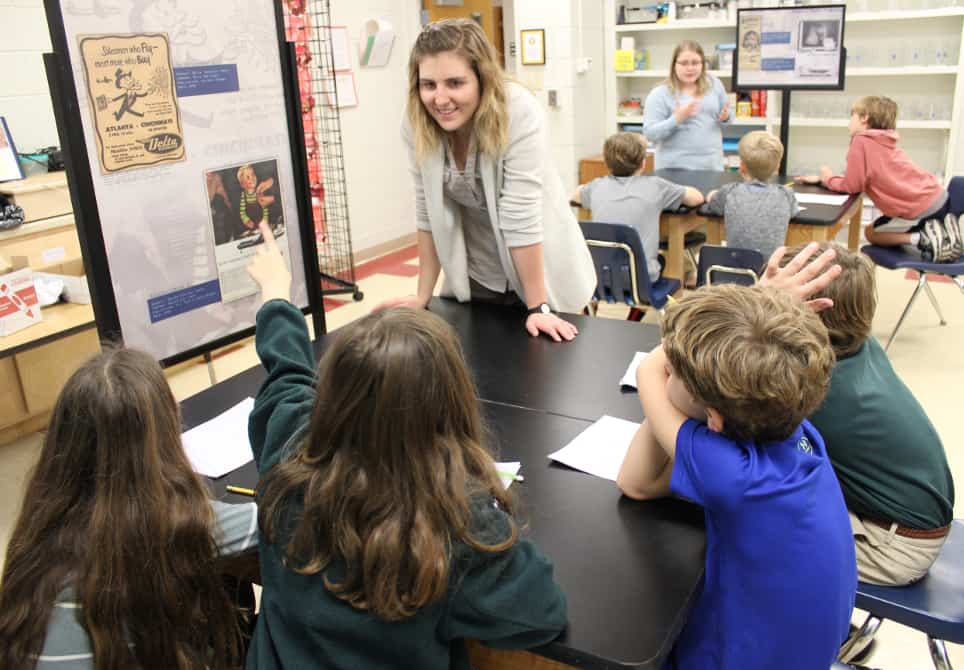
By Sophia Sineath
Too often, the study of history is a passive experience. Students receive information about the past from textbooks, teachers or Wikipedia articles.
To a certain extent, this is unavoidable–students must obtain background knowledge to serve as a framework for further studies.
However, I believe it is a mistake to rely solely on direct instruction in the history classroom. The pressures of limited time, standardized tests and set curriculum make it difficult for teachers to experiment with inquiry-based learning–but it is possible.
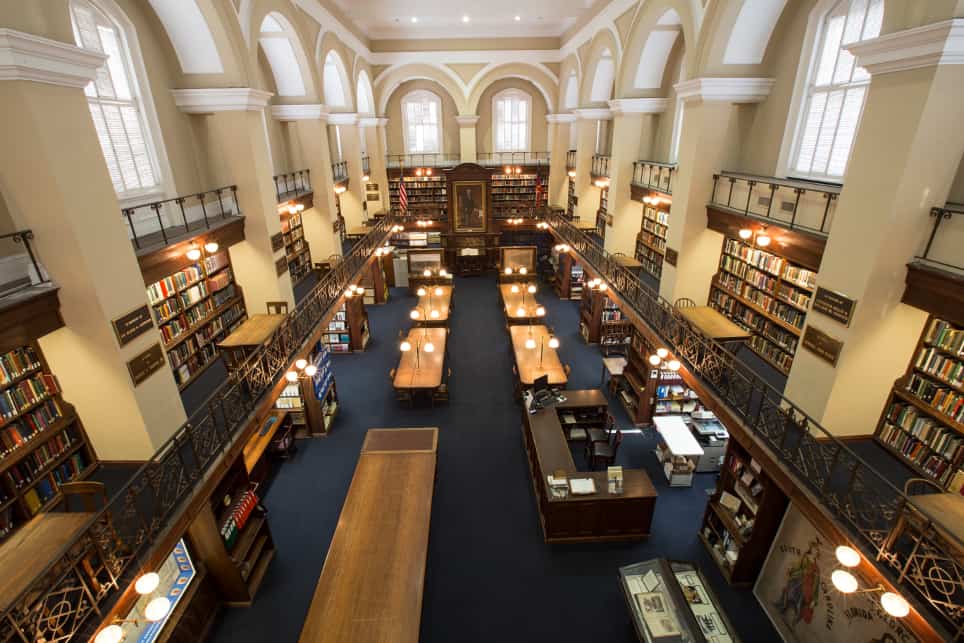 Working at the Georgia Historical Society (GHS), I have seen students transformed from passive to active learners through the power of archives. Timelines, textbooks, PowerPoint presentations and even Wikipedia articles have a role in learning about the past, but it is time to open the archives and unleash the power of primary sources to bring history to life.
Working at the Georgia Historical Society (GHS), I have seen students transformed from passive to active learners through the power of archives. Timelines, textbooks, PowerPoint presentations and even Wikipedia articles have a role in learning about the past, but it is time to open the archives and unleash the power of primary sources to bring history to life.
What are Archives?
The term archive has several different meanings. People use the term archive to describe an organization that cares for the documentary record of a particular group.
For example, Coca-Cola Archives cares for the documentary record of the Coca-Cola Company. Sometimes the word archive refers to a physical building where organizations keep historical records. Most importantly for students and teachers, archives refers to a collection of materials of enduring historical value created by individuals, governments or businesses.
You will find letters, artifacts, photographs, maps, government documents and more inside the archives. (Visit the Society of American Archivists website for a more detailed definition of archives and archivists.)
You could say that history lives inside the archives. The primary sources preserved inside the archives are eyewitnesses to the past because the people who lived and experienced it created them. Students enter a conversation with the past when they interact with archives.
Where are the Archives?
Many different institutions, both private and public, care for and share archival collections. Often these institutions also provide access to non-archival materials such as books, periodicals and other secondary sources. You will find archives at municipal libraries, colleges and universities, museums, local and state historical societies and corporations. City, state and federal governments also keep archives. Almost all archival repositories offer a variety of research services to individuals and groups seeking access to primary source materials.
In response to the internet of things, archival repositories are digitizing archival materials making them available through online databases or collaborative portals like the Digital Public Library of America and the Internet Archive.
The process of discovering the archives in your community and online is the first step towards bringing history to life. The next challenge is to unlock the power of archives for the classroom.
Here are four strategies based on our experience working with K-12 students and teachers at GHS:
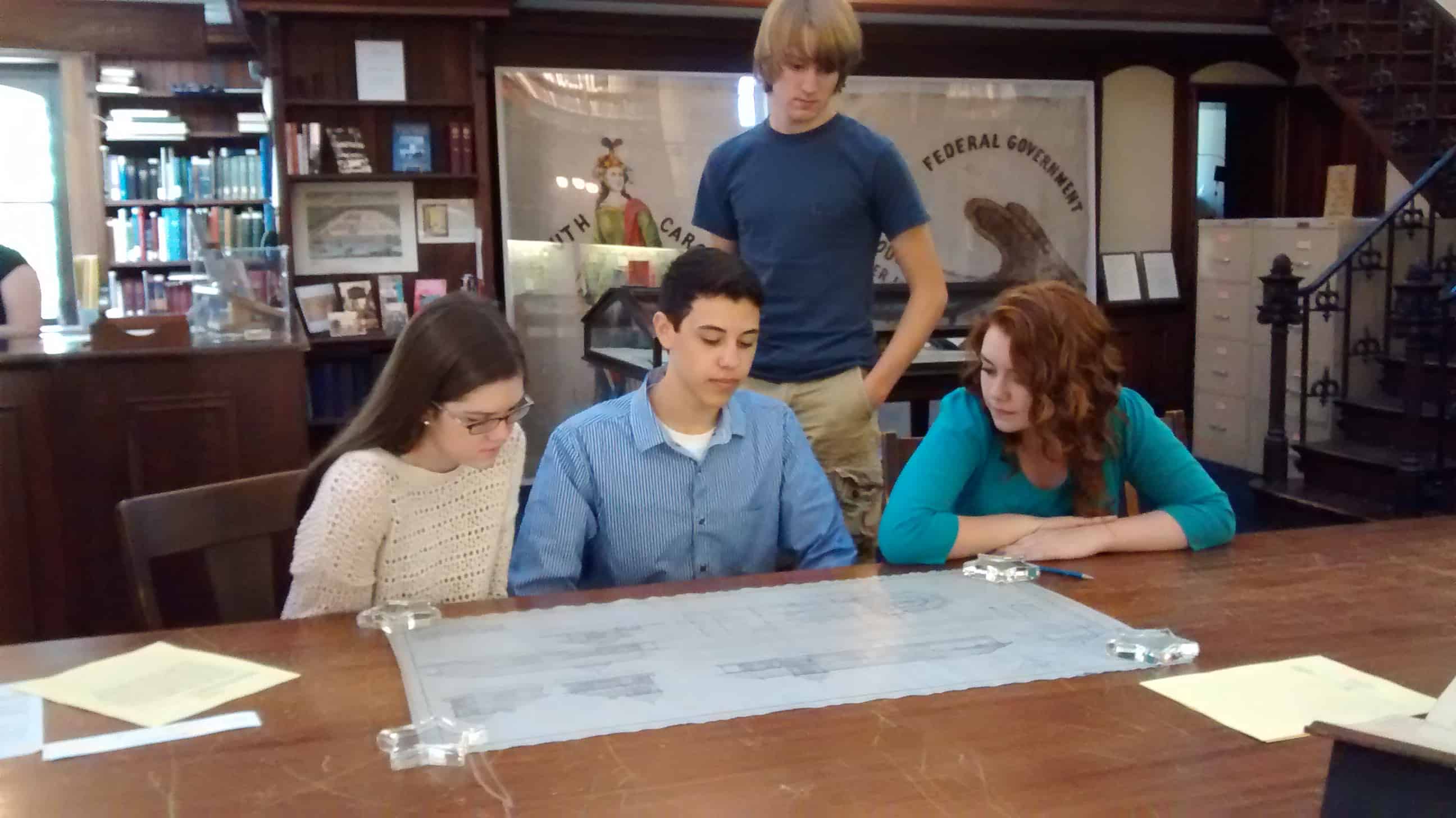 1. Partner with Local Repositories For Field Trips and Class Visits. Reach out to archival repositories in your area to develop a field trip experience for your students. There is something special about watching a student read a letter written 200 years ago or hold a musket fired during the American Revolution. Students cannot help but feel a sense of wonder and exploration.
1. Partner with Local Repositories For Field Trips and Class Visits. Reach out to archival repositories in your area to develop a field trip experience for your students. There is something special about watching a student read a letter written 200 years ago or hold a musket fired during the American Revolution. Students cannot help but feel a sense of wonder and exploration.
Ask about classroom visits if a field trip is not possible. Archival material typically does not travel, but high-quality reproductions and facsimiles make a good substitute. Some archives allow teachers to check out traveling trunks filled with archival reproductions and activities. GHS recently served over 1,000 students with in-school presentations featuring World War II-era advertisements reproduced and displayed with traveling poster stands.
2. Develop Exploration Stations with Digital Archives. When students visit our Research Center for field trips, they rotate through several exploration stations interacting with archival material and answering guided questions. You can replicate this experience in the classroom by taking advantage of digital archives. Reduce your planning time by taking advantage of curated primary source sets. Some primary source set examples include:
- Digital Public Library of America Primary Source Sets
- Library of Congress Primary Source Sets
- National Archives DocsTeach
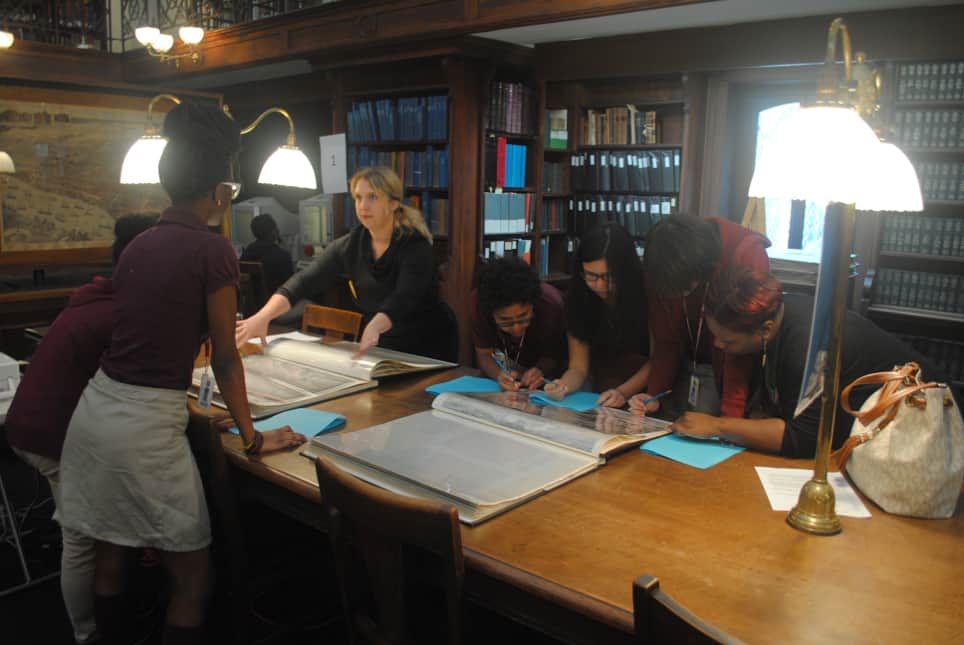 3. Teach Research Skills. From effectively using keywords and subject headings to identifying credible sources to taking meaningful notes, effective archival research and historical writing skills will benefit students far beyond your classroom. Instead of setting aside instructional time just for research skills, try using research skills to teach the curriculum.
3. Teach Research Skills. From effectively using keywords and subject headings to identifying credible sources to taking meaningful notes, effective archival research and historical writing skills will benefit students far beyond your classroom. Instead of setting aside instructional time just for research skills, try using research skills to teach the curriculum.
If you are teaching the civil war, have students practice using LC Subject Headings to find letters and photographs from the conflict.
Present a variety of secondary sources on the content you are teaching (some credible and some not) then ask your students to discuss which sources are most valuable.
Here are some resources to help teach research skills:
- Sophia’s Schoolhouse Blog (videos and written posts).
- The National History Day Mentoring Program at LaGrange College.
- Teaching American History (search “research project” for great articles and lesson plans).
- Using Archives: A Guide to Effective Research from the Society of American Archivists.
- National History Day Classroom Connection resources.
- A Short Guide to Writing About History by Marius and Page.
4. Assign Research Projects. There is no better way for students to learn about the past and gain skills for the future than by doing independent research. Students engaged in historical research are required to research, read, think and write—the essential goal of all humanities education. This video can help them discover more about what historical research really is and how to get started:
For more, see:
- Building Better Teams for Project-Based Work
- 5 Ways to Encourage Inquiry-Based Learning
- Why We Should Know Our Bigger History
Sophia Sineath is an education coordinator at the Georgia Historical Society. Follow her on Twitter: @TeachSineath.
Stay in-the-know with all things EdTech and innovations in learning by signing up to receive the weekly Smart Update.



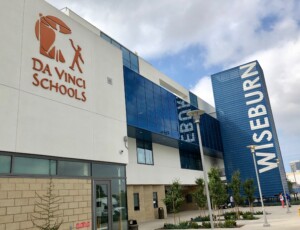


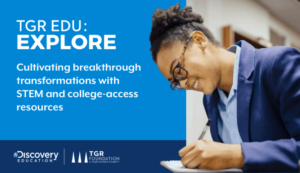
SERI NWAC
For many students history has always been a boring subject. But now as we have very advance technology, many schools are using it to make the class more interesting. Visuals are always influence everyone. Some outdoor activities should be also provided to the students.
Tricia
As a university student, I always learned so much from primary research. I love the idea of getting students into the archives earlier. Here's another story of a teacher who worked on making history come to life for students, by pairing student-led research with an immersive experience: http://www.nureva.com/blog/how-one-teacher-is-making-history-real-by-taking-students-back-in-time.